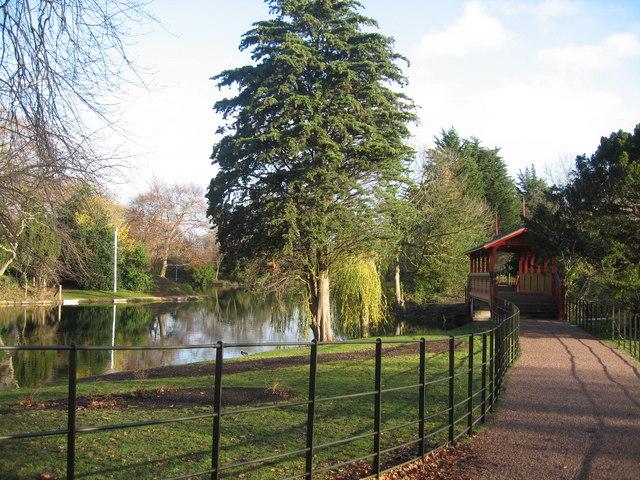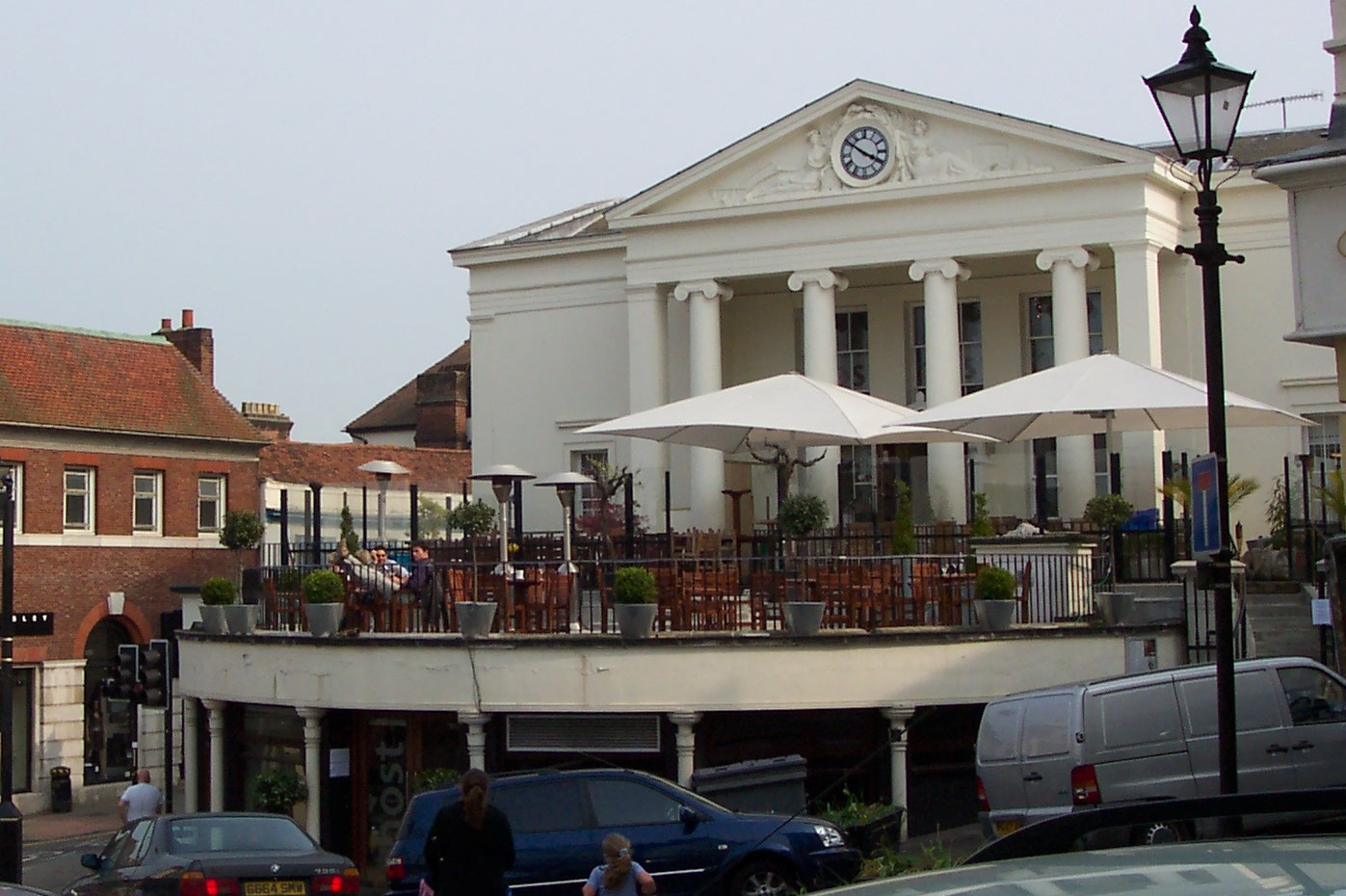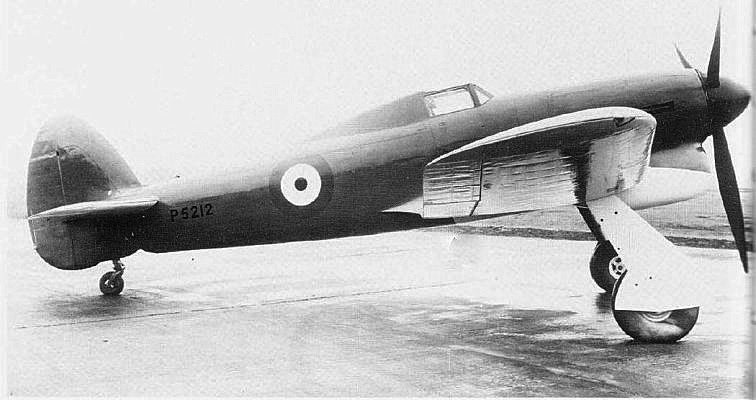|
Sheila Leather
Sheila Leather (17 January 1898 - 27 January 1983) was an engineer, business owner and president of the Women's Engineering Society in 1950–51. Early life Sheila Leather was born in Birkenhead, Cheshire on 17 January 1898 to Annie (née Lyon) and John Walter Leather, an analytical chemist. She had two sisters, Alice Muriel born in 1889 and Wenonah Hardwick born in 1890. Her father was the head of the chemical department at the Imperial Agricultural Research Institute established in 1904 at Pusa in Bihar, India. Leather was a boarder at Liverpool High School for Girls in 1911, and it is assumed both her older sisters were in India with their father, as Alice Muriel married Claud Mews Mackenzie Hutchinson in 1914. Her other sister Wenonah Hardwick married Eric Cecil Ansorge in 1915. Both weddings took place in Pusa. Career Before the Second World War Leather was a Physical Training Lecturer at Hockerill Teacher Training College, Bishop Stortford Hertfordshire, having train ... [...More Info...] [...Related Items...] OR: [Wikipedia] [Google] [Baidu] |
Verena Holmes
Verena Winifred Holmes (23 June 1889 – 20 February 1964) was an English mechanical engineer and multi-field inventor, the first woman member elected to the Institution of Mechanical Engineers (1924) and the Institution of Locomotive Engineers (1931), and was a strong supporter of women in engineering. She was one of the early members of the Women's Engineering Society, and its president in 1931. She was the first practising engineer to serve as president of the society. Early life She was born at Highworth, Ashford, Kent to Florence Mary Holmes (née Syme) (d. 1927), and Edmond Gore Alexander Holmes, chief inspector of elementary schools for England. She was one of three children, her brother Maurice Gerald Holmes (1885–1964) became a leading British civil servant. Her sister Flora or Florence Ruth Holmes, known as Ruth, (1881-1969) was a writer. Holmes was educated at Oxford High School for Girls, and after leaving school worked briefly as a photographer before the outb ... [...More Info...] [...Related Items...] OR: [Wikipedia] [Google] [Baidu] |
Birkenhead
Birkenhead (; cy, Penbedw) is a town in the Metropolitan Borough of Wirral, Merseyside, England; historically, it was part of Cheshire until 1974. The town is on the Wirral Peninsula, along the south bank of the River Mersey, opposite Liverpool. At the 2011 census, it had a population of 88,818. Birkenhead Priory and the Mersey Ferry were established in the 12th century. In the 19th century, Birkenhead expanded greatly as a consequence of the Industrial Revolution. Birkenhead Park and Hamilton Square were laid out as well as the first street tramway in Britain. The Mersey Railway connected Birkenhead and Liverpool with the world's first tunnel beneath a tidal estuary; the shipbuilding firm Cammell Laird and a seaport were established. In the second half of the 20th century, the town suffered a significant period of decline, with containerisation causing a reduction in port activity. The Wirral Waters development is planned to regenerate much of the dockland. Toponymy The ... [...More Info...] [...Related Items...] OR: [Wikipedia] [Google] [Baidu] |
Bishop's Stortford
Bishop's Stortford is a historic market town in Hertfordshire, England, just west of the M11 motorway on the county boundary with Essex, north-east of central London, and by rail from Liverpool Street station. Stortford had an estimated population of 41,088 in 2020. The district of East Hertfordshire, where the town is located, has been ranked as the best place to live in the UK by the Halifax Quality of Life annual survey in 2020. The town is commonly known as “Stortford” by locals. History Etymology The origins of the town's name are uncertain. One possibility is that the Saxon settlement derives its name from 'Steorta's ford' or 'tail ford', in the sense of a 'tail', or tongue, of land. The town became known as Bishop's Stortford due to the acquisition in 1060 by the Bishop of London. The River Stort is named after the town, and not the town after the river. When cartographers visited the town in the 16th century, they reasoned that the town must have been nam ... [...More Info...] [...Related Items...] OR: [Wikipedia] [Google] [Baidu] |
Woman's Hour
''Woman's Hour'' is a radio magazine programme broadcast in the United Kingdom on the BBC Light Programme, BBC Radio 2, and later BBC Radio 4. It has been on the air since 1946. History Created by Norman Collins and originally presented by Alan Ivimey, ''Woman's Hour'' was first broadcast on 7 October 1946 on the BBC's Light Programme. Janet Quigley, who was also involved with the birth of the UK radio programme ''Today'', has been credited with "virtually creating" the programme. The programme was transferred to its current home in 1973. Over the years it has been presented by Mary Hill (19461963), Joan Griffiths (19471949), Olive Shapley (19491953), Jean Metcalfe (19501968), Violet Carson (19521956), Marjorie Anderson (19581972), Teresa McGonagle (19581976), Judith Chalmers (19661970), Sue MacGregor (19721987), Jenni Murray (1987–2020), Martha Kearney (1998 to March 2007), and Jane Garvey (8 October 2007 to December 2020). Fill-in presenters have included Andrea Cather ... [...More Info...] [...Related Items...] OR: [Wikipedia] [Google] [Baidu] |
Ira Rischowski
Ira (Irene) Rischowski (1 August 1899 – 1989) was one of Germany's first female engineers and active in the German anti-Nazi resistance group Neu Beginnen before fleeing to Britain. In the UK she became a member of the Women's Engineering Society, serving on the Council and supporting efforts to encourage British women to become engineers. Early career Rischowski was born in Germany in 1899 to Albert Rischowski (b. 10 January 1848 - ) and Ida née Salomonsohn (12 June 1867– 26 November 1943), the eldest of four children. The family were Jewish by heritage but the children were baptised. Albert Rischowski ran shipyards and took young Ira with him to watch the riveting of the ships which inspired her to become an engineer. In 1919, Rischowski enrolled as the first female engineering student at the Technical University of Darmstadt. Her successful application was supported by six months experience repairing agricultural equipment. From 1928, Rischowski was employed as an engin ... [...More Info...] [...Related Items...] OR: [Wikipedia] [Google] [Baidu] |
Winifred Hackett
Winifred Hackett (2 October 1906 – 3 June 1994) was an electrical and aeronautical engineer who worked on guided weapon systems and the DEUCE computer. Early life and education Hackett was born in Kings Norton, an area of Birmingham on 2 October 1906. She attended King Edward's Girls’ High School in Edgbaston, Birmingham. Hackett was an exceptional student and won a scholarship whilst at the school. She originally planned to study architecture and for a time attended UCL with this purpose, but decided to change academic direction, returning to Birmingham to study engineering instead. In 1929 Hackett was the first woman to graduate from the University of Birmingham with an engineering degree, and won the prize for the 'Best Engineer in the University of Birmingham' in 1930. Hackett's academic success resulted in the award of the Bowen Scholarship for Electrical Engineering, which enabled her to stay on to earn an MSc. A further grant from the Institution of Electrical En ... [...More Info...] [...Related Items...] OR: [Wikipedia] [Google] [Baidu] |
Frances Heywood
Frances Heywood (14 April 1902 – 18 September 1994) was a British metallurgist and engineer. Early life and education Heywood was born Frances Dora Weaver in Brentford, North east London, to an itinerant Methodist preacher. Her family followed her father so she attended Bradford Girls' Grammar School and Sheffield High School in Yorkshire. Heywood won the Arnott Scholarship which allowed her to get a degree in chemistry from Bedford College, University of London in 1924. Career After college she got a position as Assistant Metallurgist in Harley, Surrey for the Lanston Monotype Company Ltd. While she was there, the mechanical team assisted her to keep her motorbike maintained. She used it to commute to work. In 1926 Heywood became a member of the Women’s Engineering Society and joined the council in 1928. Heywood married Harold Heywood in 1932. She retired from work on her marriage and they had 3 children, Prof. John Heywood, Jennifer Clark, and Richard Heywood. She con ... [...More Info...] [...Related Items...] OR: [Wikipedia] [Google] [Baidu] |
Elsie Eleanor Verity
Elsie Eleanor Verity (14 August 1894 – 9 June 1971) was known as "The First Lady of the motor trade". Biography Elsie Eleanor Verity was also known as Miss E E Verity and was born in Barton upon Irwell, Lancashire, in 1894 to William and Lilly Verity. William Verity came from a metalworking family. He began as a whitesmith, then a fitter and began a building bikes which became a motor garage in Manchester. Education Verity attended Manchester Central High School and at 16 she left school and began learning engineering from her father. He had already taught her to drive when she was 13. By the time she was 14, Verity was teaching driving. On her sixteenth birthday in 1910, she was sent by her father to drive a car back from London to Manchester (well over 200 miles), accompanied by a garage employee who had been instructed that she was to drive the entire way herself. Verity went to the Manchester College of Technology and Manchester High School of Commerce where she took c ... [...More Info...] [...Related Items...] OR: [Wikipedia] [Google] [Baidu] |
Kent
Kent is a county in South East England and one of the home counties. It borders Greater London to the north-west, Surrey to the west and East Sussex to the south-west, and Essex to the north across the estuary of the River Thames; it faces the French department of Pas-de-Calais across the Strait of Dover. The county town is Maidstone. It is the fifth most populous county in England, the most populous non-Metropolitan county and the most populous of the home counties. Kent was one of the first British territories to be settled by Germanic tribes, most notably the Jutes, following the withdrawal of the Romans. Canterbury Cathedral in Kent, the oldest cathedral in England, has been the seat of the Archbishops of Canterbury since the conversion of England to Christianity that began in the 6th century with Saint Augustine. Rochester Cathedral in Medway is England's second-oldest cathedral. Located between London and the Strait of Dover, which separates England from mainla ... [...More Info...] [...Related Items...] OR: [Wikipedia] [Google] [Baidu] |
Gillingham, Kent
Gillingham ( ) is a large town in the unitary authority area of Medway in the ceremonial county of Kent, England. The town forms a conurbation with neighbouring towns Chatham, Rochester, Strood and Rainham. It is also the largest town in the borough of Medway. Etymology The town's name is pronounced with a soft 'g' (as in 'ginger'), compared to the hard 'g' (as in 'girl') used for Gillingham, Dorset and Gillingham, Norfolk. In some older texts it is referred to as ''Jillyingham Water''. The name probably originates from the Gylling næs in Jutland. The suffix ''-ingas'' is the Latinized version of ''inge,'' an ethnonym for the Ingaevones. The suffix ''-ham'' is the Old English for "homestead, village, manor or estate." The suffix ''-hamm'' is the Old English for enclosure, land hemmed by water or marsh or higher ground, land in a riverbend, rivermeadow or promontory". Both appear as ''-ham'' in modern place-names. Attributions to a personal name ''Gilla'' are examples of ... [...More Info...] [...Related Items...] OR: [Wikipedia] [Google] [Baidu] |
Hawker Tempest
The Hawker Tempest is a British fighter aircraft that was primarily used by the Royal Air Force (RAF) in the Second World War. The Tempest, originally known as the ''Typhoon II'', was an improved derivative of the Hawker Typhoon, intended to address the Typhoon's unexpected deterioration in performance at high altitude by replacing its wing with a thinner laminar flow design. Since it had diverged considerably from the Typhoon, it was renamed ''Tempest''. The Tempest emerged as one of the most powerful fighters of World War II and at low altitude was the fastest single-engine propeller-driven aircraft of the war. Upon entering service in 1944, the Tempest performed low-level interception, particularly against the V-1 flying bomb threat, and ground attack supporting major invasions like Operation Market Garden. Later, it successfully targeted the rail infrastructure in Germany and ''Luftwaffe'' aircraft on the ground, as well as countering similar attacks by German fighters. T ... [...More Info...] [...Related Items...] OR: [Wikipedia] [Google] [Baidu] |
Hawker Typhoon
The Hawker Typhoon is a British single-seat fighter-bomber, produced by Hawker Aircraft. It was intended to be a medium-high altitude interceptor, as a replacement for the Hawker Hurricane, but several design problems were encountered and it never completely satisfied this requirement.Thomas and Shores 1988, p. 16. The Typhoon was originally designed to mount twelve .303 inch (7.7 mm) Browning machine guns and be powered by the latest engines. Its service introduction in mid-1941 was plagued with problems and for several months the aircraft faced a doubtful future. When the ''Luftwaffe'' brought the new Focke-Wulf Fw 190 into service in 1941, the Typhoon was the only RAF fighter capable of catching it at low altitudes; as a result it secured a new role as a low-altitude interceptor. The Typhoon became established in roles such as night-time intruder and long-range fighter. From late 1942 the Typhoon was equipped with bombs and from late 1943 RP-3 rockets were added to i ... [...More Info...] [...Related Items...] OR: [Wikipedia] [Google] [Baidu] |




_(Art_IWM_ART_LD_4588).jpg)
